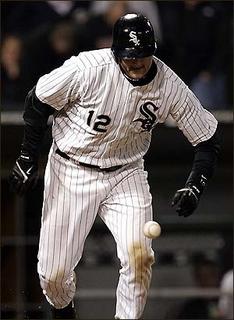Great Plains 111... A logic unsustainable...
This dug up by Kylen Campbell, had to post it, it's just too good.
"This, finally, is the punch line of our two hundred years on the Great Plains: we trap out the beaver, subtract the Mandan, infect the Blackfeet and the Hidatsa and the Assiniboin, overdose the Arikara; call the land a desert and hurry across it to get to California and Oregon; suck up the buffalo, bones and all; kill off nations of elk and wolves and cranes and prairie chickens and prairie dogs; dig up gold and rebury it in vaults someplace else; ruin the Sioux and Cheyenne and Arapaho and Crow and Kiowa and Comanche; kill Crazy Horse, kill Sitting Bull; harvest wave after wave of ‘immigrants’ dreams and send the wised-up dreamers on their wheat, ship out the cattle; dig up the earth itself and burn it in power plants and send the power down the line; dismiss the small farmers, empty the little towns; drill the oil and the natural gas and pipe it away; dry up the rivers and the springs, deep-drilled for irrigation water as the aquifer retreats. And in return we condense unimaginable amounts of Treasure into weapons buried beneath the land that so much Treasure came from-the weapons for which our best hope might be that we will someday take them apart and throw them away, and for which our next-best hope certainly is that they remain humming away under the prairie, absorbing fear and maintenance, unused, forever."
Great Plains 111
By Ian Frazier, New York Mag Mar 6, 1989
"This, finally, is the punch line of our two hundred years on the Great Plains: we trap out the beaver, subtract the Mandan, infect the Blackfeet and the Hidatsa and the Assiniboin, overdose the Arikara; call the land a desert and hurry across it to get to California and Oregon; suck up the buffalo, bones and all; kill off nations of elk and wolves and cranes and prairie chickens and prairie dogs; dig up gold and rebury it in vaults someplace else; ruin the Sioux and Cheyenne and Arapaho and Crow and Kiowa and Comanche; kill Crazy Horse, kill Sitting Bull; harvest wave after wave of ‘immigrants’ dreams and send the wised-up dreamers on their wheat, ship out the cattle; dig up the earth itself and burn it in power plants and send the power down the line; dismiss the small farmers, empty the little towns; drill the oil and the natural gas and pipe it away; dry up the rivers and the springs, deep-drilled for irrigation water as the aquifer retreats. And in return we condense unimaginable amounts of Treasure into weapons buried beneath the land that so much Treasure came from-the weapons for which our best hope might be that we will someday take them apart and throw them away, and for which our next-best hope certainly is that they remain humming away under the prairie, absorbing fear and maintenance, unused, forever."
Great Plains 111
By Ian Frazier, New York Mag Mar 6, 1989







